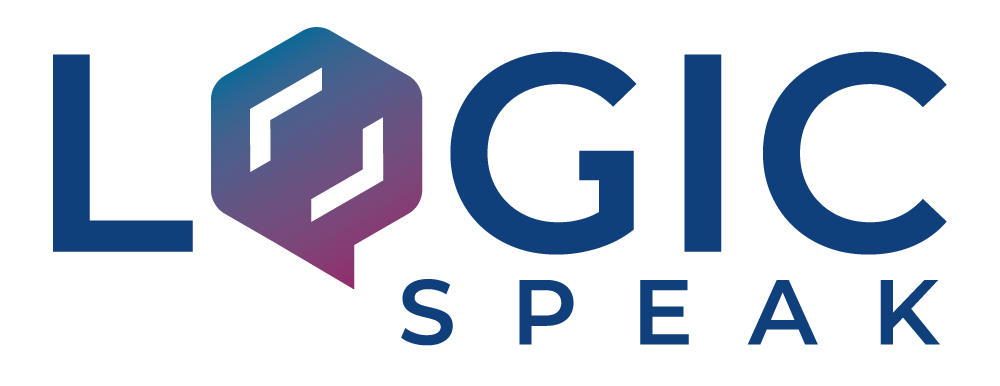Microsoft 365 and Microsoft Teams help organizations collaborate more effectively—whether employees are in the office or working remotely. This blog discusses the components of a good remote work strategy and describes some of the tools in Microsoft 365 that provide those capabilities. This is not a comprehensive overview of Microsoft 365 and Microsoft Teams, but instead is meant to inform readers of some underused or little-known aspects that can help you implement a successful approach to remote work.
An effective remote work strategy should include the following components:
- File and data access
- Effective communication and collaboration—ability to hold productive online meetings and develop content together
- Project planning—what to do, who will do it, and how it will get done
- Tools for individuals to keep their own work on track
Stay Connected!
Get the latest IT trends and best practices in your inbox.
File and data access
Ideal for remote work, Microsoft 365 provides easy and secure access to individual files through Microsoft OneDrive and to department files through Microsoft SharePoint—whether in the office or at home. You can work in the cloud or work locally on files that you sync with your own computer—a cloud icon indicates that a file remains in the cloud while a green check tells you it is stored on your computer. Files can be shared with anyone—both inside and outside of the organization—by sending an invitation to edit. Multi-factor authentication ensures only the right people can see or edit the documents; and file owners can control whether documents can be edited, downloaded, printed, shared, and more. These processes save you from sending around emails and attachments and dealing with versioning headaches.
Communication and collaboration
Microsoft Teams is the hub for teamwork in Microsoft 365. The communication and collaboration platform incorporates instant messaging (in chat rooms and between individuals), audio and video calling, rich online meetings, mobile experiences, extensive web conferencing capabilities, file storage, tool integration, and more. In addition to these capabilities, Microsoft Teams provides several tools that are less well known but that can greatly improve your remote collaboration experience.
Microsoft Whiteboard – One of the drawbacks of online meetings versus physical meetings is that you can’t hop up from your seat and start whiteboarding in order to keep track of the conversation. But with Microsoft Whiteboard, an underused component of Microsoft 365, you can use a whiteboard in a Teams meeting just as you would in a physical meeting. And when your meeting ends, there is no reason to transcribe the whiteboard or take a photo of it. Whiteboards can be saved in the cloud, where they can be accessed by any of your team members.
Microsoft Teams Live Events – Different than a Teams meeting between a department or project team, a Microsoft Teams Live Event is a one-to-many, webinar-style event that allows you to broadcast video or meeting content to a large online audience of up to 10,000 people. Speaking permission is limited to the event host, and attendees interact with the host by asking questions through a moderated Q&A. Events can also be recorded and shared with individuals who could not join the event live.
Microsoft FindTime – Most of us spend a lot of time trying to arrange meeting times via back-and-forth emails. But with Microsoft FindTime, that process is a thing of the past. FindTime is a free Outlook add-in that allows you to quickly find the best time to meet with others. FindTime helps you pinpoint times to meet by looking at free and busy data for your attendees. It then creates a poll that is automatically sent via email to attendees, who vote on their favorite times or suggest new ones. Outlook auto-schedules the meeting based on the votes.
Project planning
Lighter, easier, and more flexible than Microsoft Project, Microsoft Planner provides the central location for all of the work involved in a plan. It allows your team to easily create new plans, organize and assign tasks with start and due dates, share files, instantly chat about the project or tasks, and receive updates on progress. For each plan, there is a board where you can organize tasks into buckets, for example, for a marketing launch or a product release plan. You can also attach files to tasks, collaborate on those files, and chat about tasks without switching between apps. Tasks can be categorized based on status or the team member responsible. With Planner, all of your team’s discussions and deliverables stay with the plan instead of in disparate applications. The visual interface enables you view information by person, due date, project or bucket, or calendar.
Keeping your own work on track
To keep track of your own responsibilities, Microsoft provides Microsoft To Do. To Do shows all of your assigned tasks from Planner, Outlook Tasks, and flagged Outlook emails, and can be sorted by the buckets mentioned above. When you log on in the morning, you can look at your tasks, including those carried over from previous days, choose the three or four most important ones, and add them to your day. These will show up in My Day. You can also filter tasks to see them sorted in different ways. Tasks helps users view and manage all of their personal and team tasks and prioritize their work.
Technology can be a mess. Let us take it off your hands, so you can do what you do best in running your company. Fill out the form on this page to schedule time with us.


Recent Comments